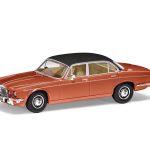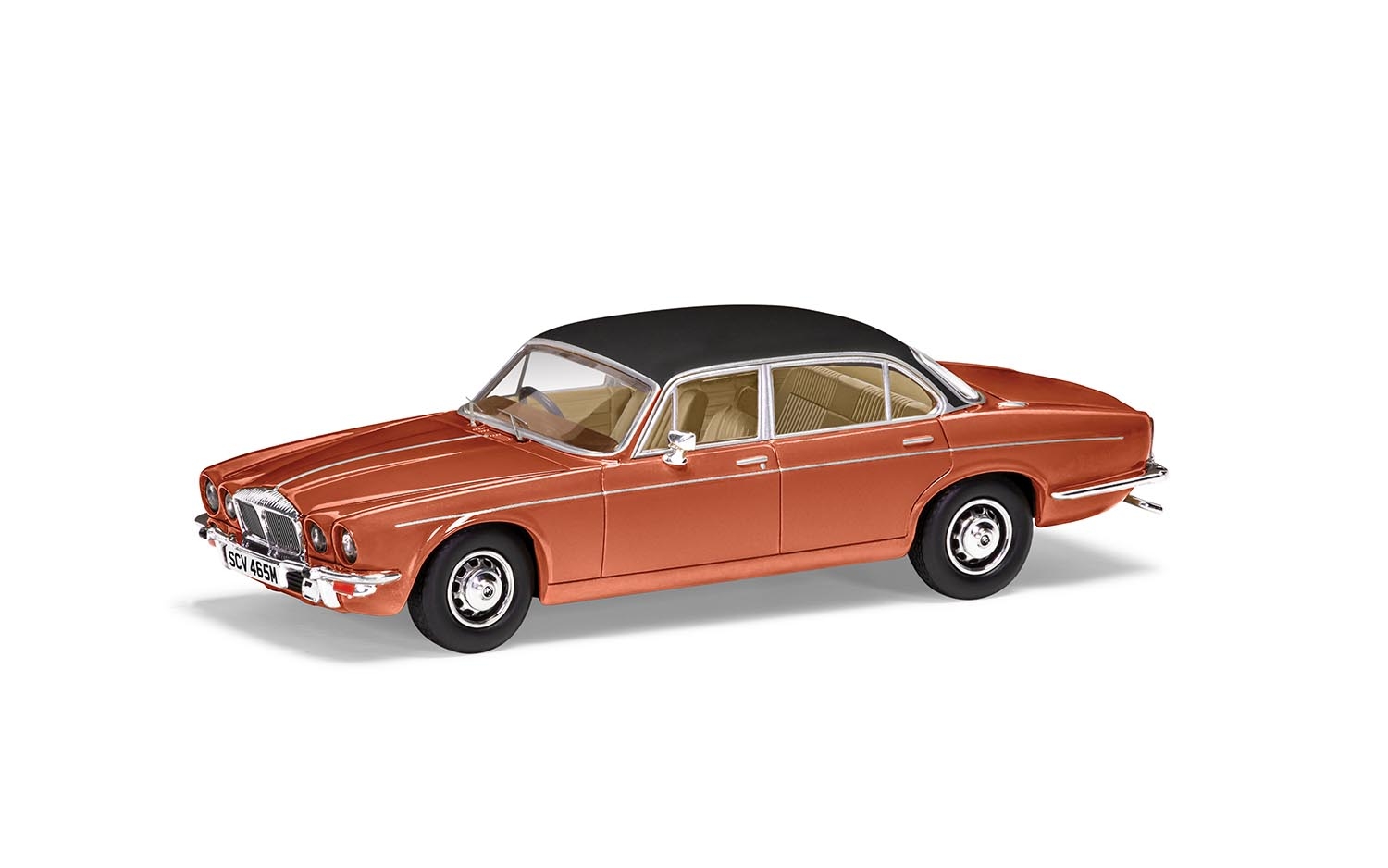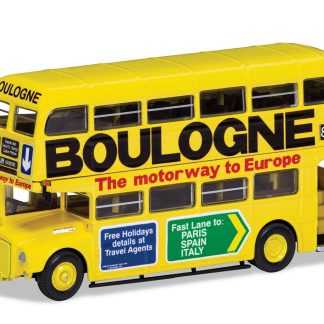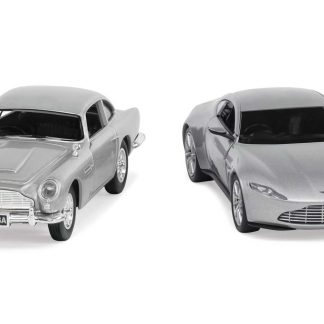Description
Jaguar's sublime 1968 XJ6 Series 1 was always designed to accept the refined new 5.3-litre V12 the company had been developing for some years. When the XJ12 was finally revealed in 1972 it was the best and most refined car in the world, effortlessly powerful, supremely comfortable, and whisper quiet. The 1973 Series 2 built on that, improving the heating, ventilation and air conditioning, grouping the minor gauges in front of the driver, and altering the switching so a number of functions were controlled by stalks rather than switches. The most obvious external change was the two-piece grille, split by a higher front bumper that was designed to meet new US minimum bumper-height regulations.
Jaguar purchased Daimler in 1960 and, when they amalgamated with BMC in 1965 to form BMH, became part of the same group as renowned coachbuilder Vanden Plas, Kingsbury, London. The V12 engine enabled the historic Daimler Double-Six name to be revived and so, the car modelled here became the most luxurious long-wheel-base XJ-derived car available. Hand finished by Vanden Plas' craftsmen, the Double-Six featured: unique colour schemes, Vanden Plas badges, a vinyl roof with chrome finisher at the rear, chrome-swage-line trim, chrome door mirrors, unique leather seats with individualised rear seats, boxwood inlayed interior wood trim, enhanced door trims, Birstall Evlan carpets, rear console cigar lighter and lambs' wool over-rugs. The resulting machine was a distinctive and serious rival to far more expensive cars.
Engine: 5343cc V12 SOHC; Power: 285bhp@5750rpm; Torque: 294lb.ft@3500rpm; 0-60mph: 7.8 seconds; Maximum speed: 147mph; Weight: 4032bs.





